Seeker Bio
Hiking Gateway Hill Trail Fort McMurray
Discover Scenic Trails, Buffalo Sculpture, and Reclaimed Oilsands Land
Exploring Fort McMurray's Gateway Hill Trail: Nature, Hiking, and Land Reclamation
Hiking Gateway Hill Trail Fort McMurray: It started with a photo in my hotel room. A massive stone buffalo sculpture stood proud against the northern sky. I couldn't wait to discover the real life sculpture and to explore Gateway Hill Trail Fort McMurray firsthand.
Gateway Hill Trail Fort McMurray
Initially, no information was given about the sculpture's location. Therefore, I had to research online, almost like going on a quest. Eventually, I discovered it was part of Gateway Hill Trail, a 104-hectare park on the outskirts of Fort McMurray that had once been an active oilsands mine. It had since been fully reclaimed and certified as the first site in the oilsands industry to achieve this milestone.
Naturally, I felt compelled to see it for myself. As I approached, the sculpture's presence became more powerful. The significance of standing on reclaimed land became clear. By the time I reached the trailhead, my hotel-room quest had transformed into a hands-on adventure.
Discover Fort McMurray: Hidden Trails, Forests, and Oilsands Landscapes
Fort McMurray is often associated with oilsands development, but it also surprises visitors with lush forests, rivers, and hidden trails. The city is a gateway to northern Alberta's wilderness, offering access to unique landscapes shaped both by nature and industry. Its parks, riverfronts, and trails provide spaces to explore beyond the mining sites. The contrast of industry and nature makes hiking Gateway Hill Trail Fort McMurray feel especially meaningful.
Trail Overview: Scenic Hiking Loops and Natural Beauty
The buffalo sculpture was visible from the road, standing tall and proud. It immediately drew me in, a points signalling the start of my adventure. It was a quiet day, and my vehicle was the only one in the lot, making the experience feel peaceful and personal.
The trail network offers multiple loops: the Lower Trail (0.2 km), the Middle Trail (0.8 km), and the Upper Trail (3 km). Each trail provides options for casual walkers or more determined hikers. Interpretive signs along the trails explain reclamation techniques, including planting native species, recreating wetlands, and controlling erosion. These signs also highlight how reclamation practices have evolved over time, showing that restoring ecological balance is both a science and an art.
Experience Nature's Renewal on Hiking Gateway Hill Trail Fort McMurray
The air carried the earthy scent of fallen leaves, signaling the approach of autumn. Walking the paths of Hiking Gateway Hill Trail Fort McMurray, I noticed how nature had reclaimed the land. Decades of careful reclamation were evident in the thriving vegetation and the overall sense of renewal.
Two of the three lookouts no longer offered clear views as trees and shrubs had grown in. I was a little disappointed not to enjoy the panoramic vistas I had imagined, yet I felt happy to see nature reclaiming the area so completely. The balance between the sculpture, the restored land, and the growing forest told a story of resilience and renewal.
Reclamation Insights: Environmental Restoration and Sustainability
Between 1983 and 1985, native trees, grasses, and shrubs were planted, and wetlands were carefully recreated to support local wildlife. This process involved ongoing monitoring and adaptive adjustments, demonstrating how reclamation is both planned and evolving.
The reclamation followed Alberta's environmental laws, which mandate that mined lands be returned to a productive state. These regulations require companies to submit reclamation plans, conduct ecological assessments, and provide long-term monitoring reports. Compliance is verified by provincial authorities before a site can be officially certified as reclaimed.
In 1993, Syncrude partnered with the Fort McKay First Nation to create bison habitats. The buffalo sculpture is more than art. It is a promise written in stone. This site shows that disturbed landscapes can recover and support life again, illustrating how industry, law, and nature can work together to heal the land.
Exploring the Oil Sands Discovery Centre: Education and Inspiration
During my visit, I also stopped at the Oil Sands Discovery Centre, a short drive from Hiking Gateway Hill Trail Fort McMurray. The centre provides a hands-on look at the oilsands industry, reclamation processes, and environmental stewardship. Interactive exhibits explain how mined lands are restored, the science behind reclamation, and the steps companies like Syncrude take to protect local ecosystems.
I was particularly fascinated by the displays on water management, wildlife habitats, and soil restoration. The centre emphasizes that reclamation isn't just a legal requirement, it's a long-term commitment to the environment. Visitors can learn how engineers, ecologists, and Indigenous communities work together to ensure mined land is returned to productive, healthy ecosystems.
For curious explorers, the Oil Sands Discovery Centre offers an educational complement to Hiking Gateway Hill Trail Fort McMurray. Seeing the reclaimed landscapes in person after learning about them at the centre gave me a deeper appreciation for the balance between industry, law, and nature. It reinforced that these restored areas are not just symbolic. They are real, living examples of ecological resilience.
Visitor Reflections: Connecting With Nature and Cultural History
Standing among the forested trails, I felt respect for nature's resilience at Hiking Gateway Hill Trail Fort McMurray. Some focus on industry, but this landscape shows that reclamation allows ecosystems to thrive. Additionally, the sculpture and park act as visible commitments to restoration.
The trails are part of the Matcheetawin Trail system, a Cree word meaning "beginning place." It feels fitting for a landscape given a second life. Every tree, shrub, and boulder seemed to whisper the story of recovery. Two decades after reclamation, the Upper Trail is overgrown, the lookouts no longer offer clear views, and yet that is the beauty of it. Nature has returned on its own terms.
Planning Your Visit: Trail Tips and Nearby Attractions
- Location: Off Highway 63, about 30 km north of Fort McMurray
- Trail Length: 4.5 km total (Lower 0.2 km, Middle 0.8 km, Upper 3 km)
- Difficulty: Easy, with only some overgrown sections adding a moderate challenge
- Amenities: Seasonal washrooms, parking, picnic areas, interpretive signage
- Park Size: 104 hectares (257 acres)
- Best Season: Late spring through fall, although the sculpture is visible year-round
Several nearby attractions complement a visit to Hiking Gateway Hill Trail Fort McMurray. Birchwood Trails offers over 130 km of paths. The Oil Sands Discovery Centre explains reclamation and environmental stewardship. Snye Point Park and MacDonald Island Park provide recreational activities. Wood Buffalo National Park is a few hours north for wildlife and stargazing.
Fort McMurray is a 4.5 hour drive or 1.5 direct flight north of Edmonton.
Plan your visit to Hiking Gateway Hill Trail Fort McMurray to witness one of Alberta's first fully reclaimed oilsands sites.
Explore Hiking Gateway Hill Trail Fort McMurray and Witness Nature's Comeback
Photo Credit: Janet Guthrie
Visitors Hiking Gateway Hill Trail Fort McMurray witness the successful transformation of mined land into thriving forest
The buffalo sculpture at Gateway Hill Trail Fort McMurray is a powerful symbol of reclamation and ecological resilience.
Travel Guide
-
British Columbia
When you subscribe to the blog, we will send you an e-mail when there are new updates on the site so you wouldn't miss them.




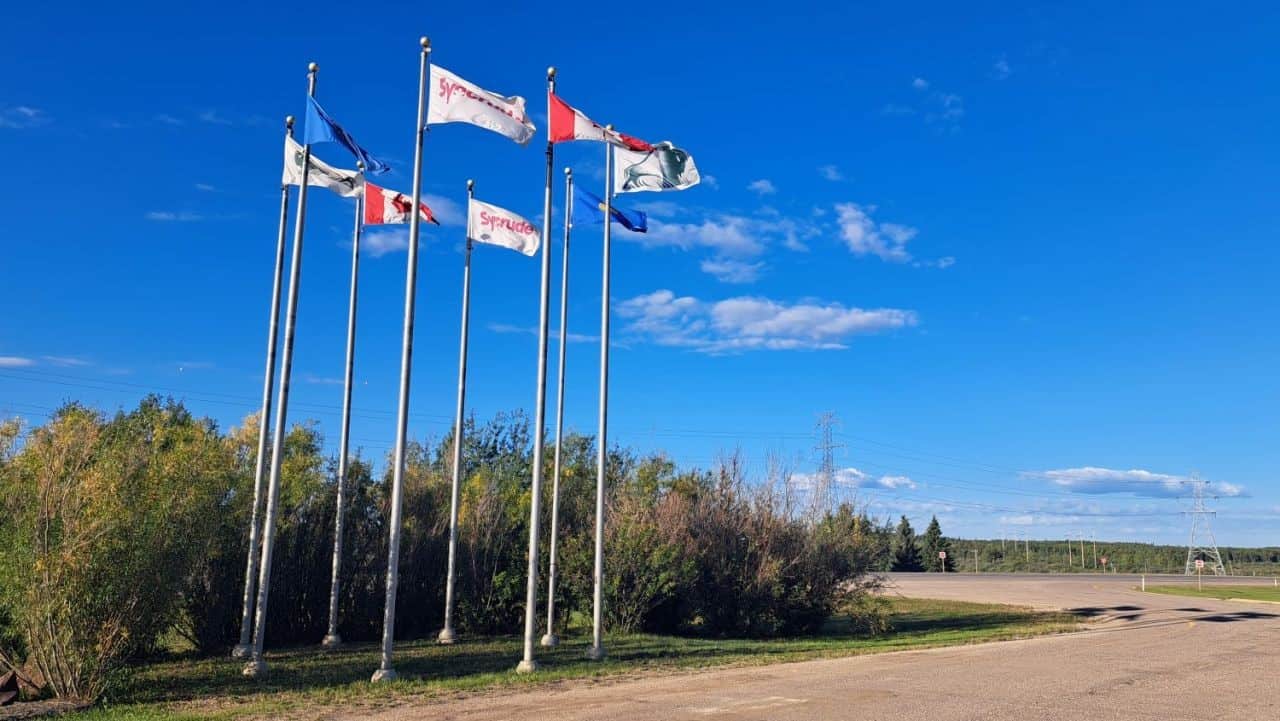
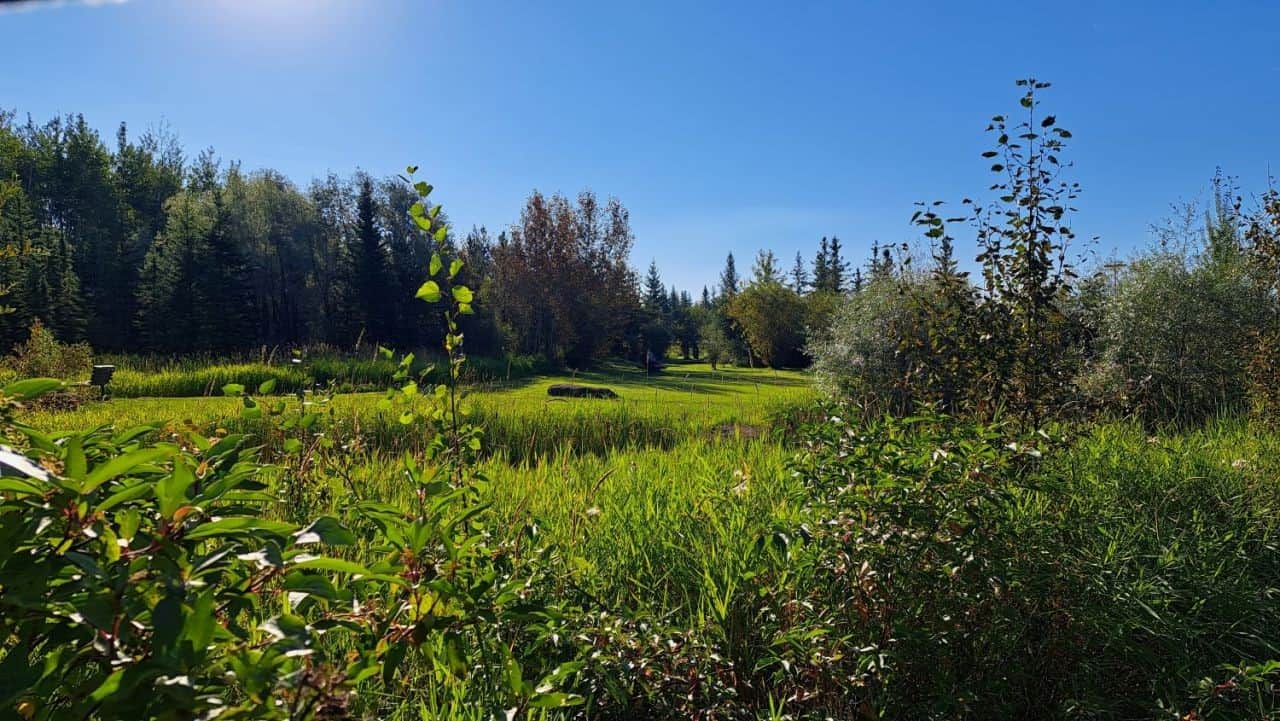






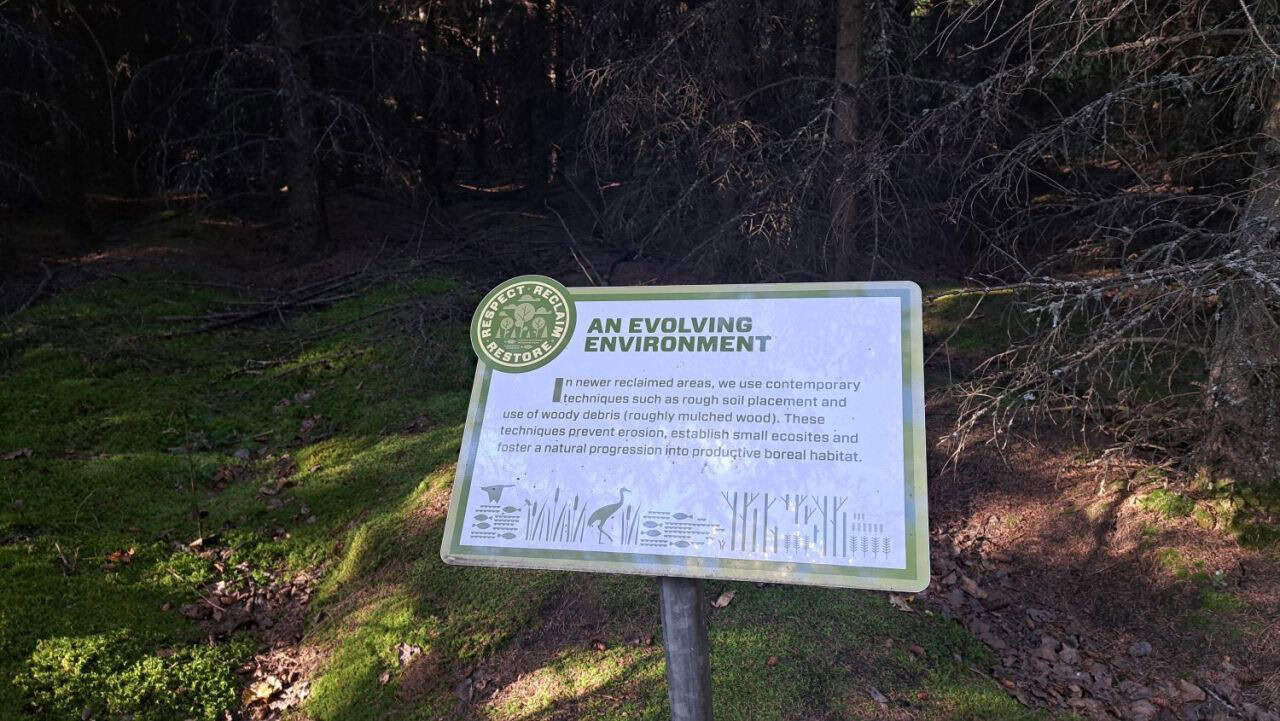
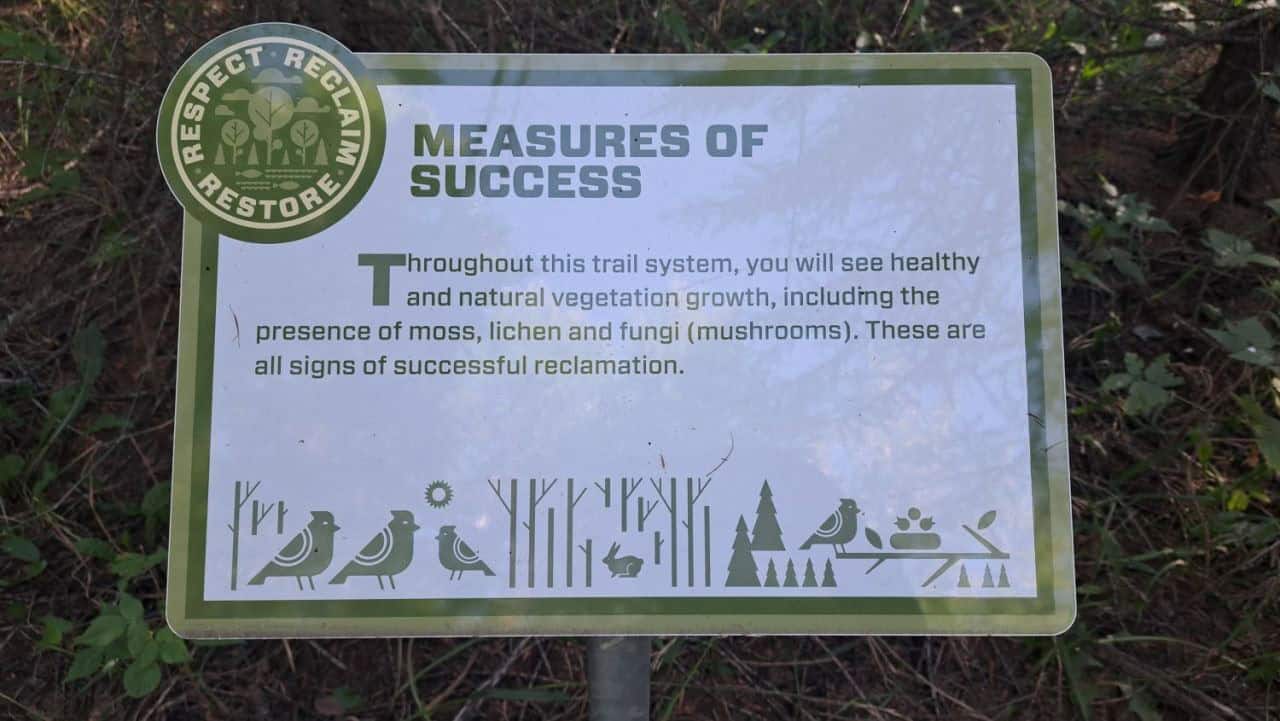
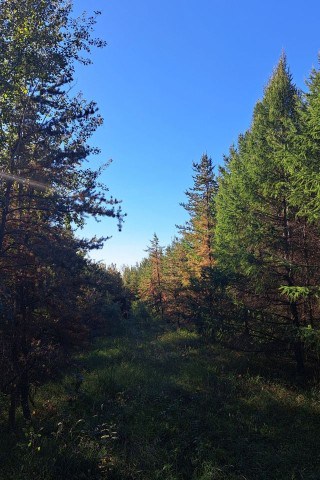
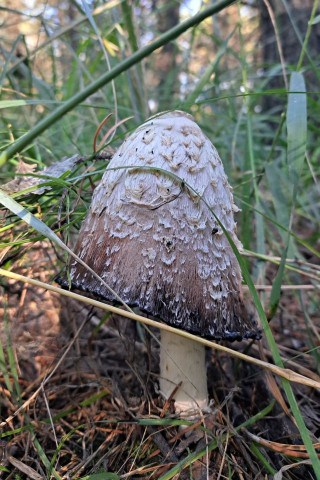




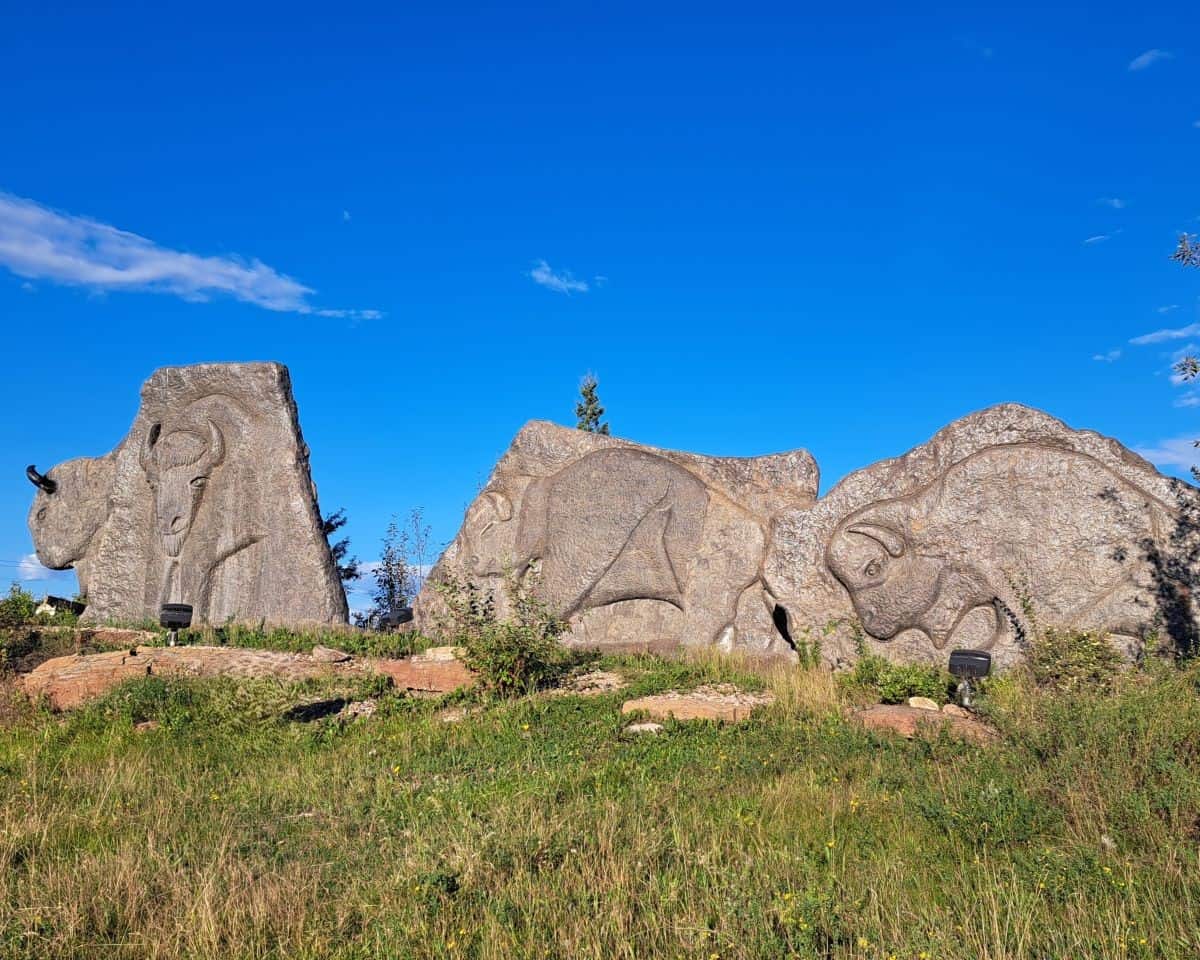
Comments